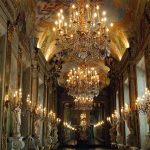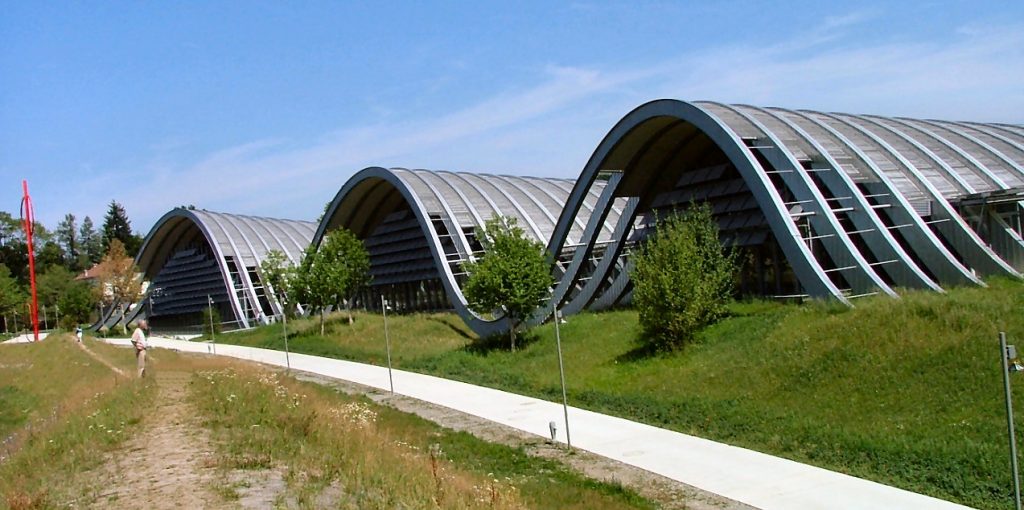
Renzo Piano, born on September 14, 1937, in Genoa, Italy, is an acclaimed architect known for his innovative and high-tech design approach. His work spans several continents, encompassing a wide range of projects, including cultural institutions, airports, and skyscrapers, all marked by a commitment to sustainability and the thoughtful integration of architecture into its environment.
Piano hails from a family of builders, which influenced his early interest in construction and design. He graduated from the Polytechnic University of Milan in 1964 and began his career collaborating with notable architects such as Louis Kahn and Z.S. Makowsky. His partnership with Richard Rogers and their design for the Centre Georges Pompidou in Paris catapulted him to international fame. Completed in 1977, the building’s revolutionary inside-out aesthetic, with its exposed skeleton of brightly colored tubes and escalators, was both groundbreaking and controversial, setting a new direction in the architectural world.
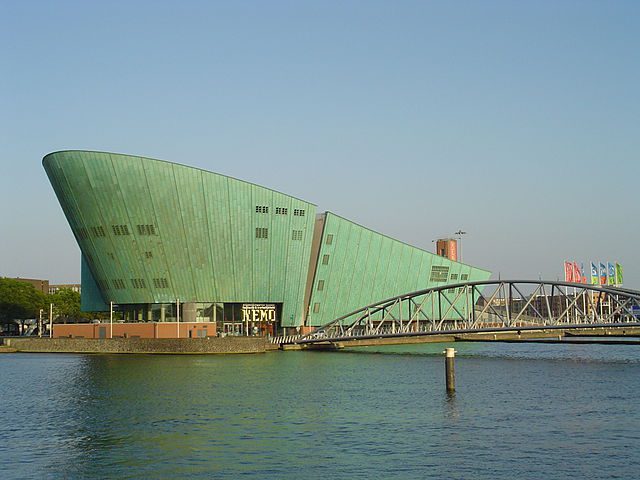
Following the success of the Pompidou Center, Piano founded the Renzo Piano Building Workshop (RPBW) in 1981, with offices in Paris, Genoa, and New York. The workshop embodies Piano’s collaborative approach to design, bringing together architects, engineers, and specialists to innovate and refine the integration of technology with architecture.
Continued success
One of Piano’s most notable projects is the Shard in London, completed in 2012. Standing at 309.6 meters, it was the tallest building in Western Europe at the time of its completion. The Shard’s slender, glass-clad form is a striking addition to the London skyline, designed to reflect the changing light of the city’s sky. Piano’s design philosophy is evident in the building’s emphasis on transparency and its relationship with the urban landscape.
Piano’s commitment to sustainability is a consistent theme throughout his work. The California Academy of Sciences in San Francisco, completed in 2008, is a prime example. The building features a ‘living roof’ covered in native plants, designed to reduce heat absorption and create a habitat for local wildlife. The structure also incorporates natural ventilation and solar panels, underscoring Piano’s belief in architecture’s responsibility to the environment.
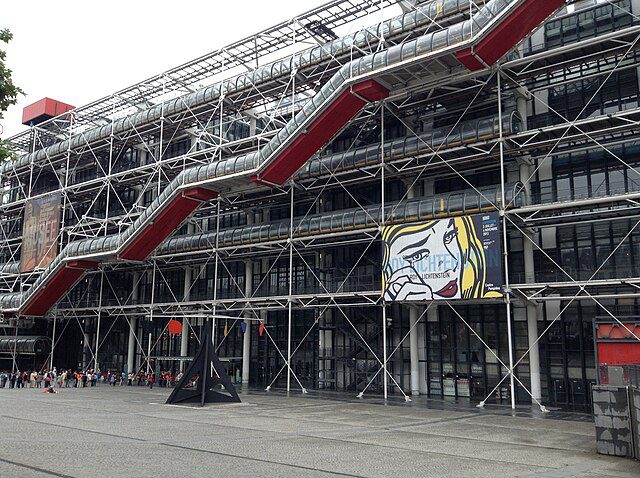
Another significant project is the Jean-Marie Tjibaou Cultural Centre in New Caledonia, completed in 1998. The center, dedicated to the preservation and presentation of Kanak culture, is composed of a series of wooden pavilions that blend modern construction techniques with traditional Kanak building styles. This project exemplifies Piano’s sensitivity to cultural context and his ability to create buildings that are both contemporary and deeply rooted in their local environment.
Accolades & Prizes
Throughout his career, Piano has received numerous accolades, including the Pritzker Architecture Prize in 1998, which recognized his “respect for the deep cultural history of architecture and his relentless experimentation with new materials and techniques.” In 2013, he was awarded the U.S. Presidential Medal of Freedom.
Piano’s architecture goes beyond mere physical structures to promote social engagement and community. The Menil Collection in Houston, Texas, and the Whitney Museum of American Art in New York City are examples of how his buildings are designed to encourage interaction with art in spaces that invite reflection and connection.
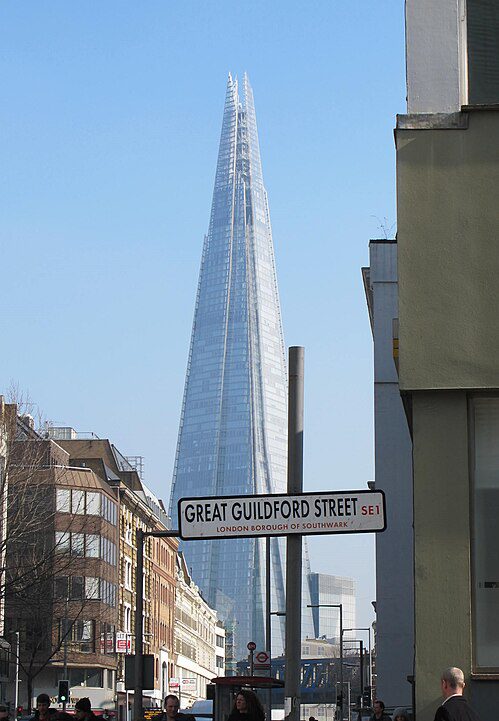
Renzo Piano’s legacy is not only in the buildings he has created but in his approach to architecture. His work demonstrates a profound respect for context, whether environmental, cultural, or social, and a commitment to the role of architecture in improving human experiences. As he continues to design and build, his contributions to the field of architecture are characterized by a blend of innovation, sensitivity, and a deep understanding of the power of place.


